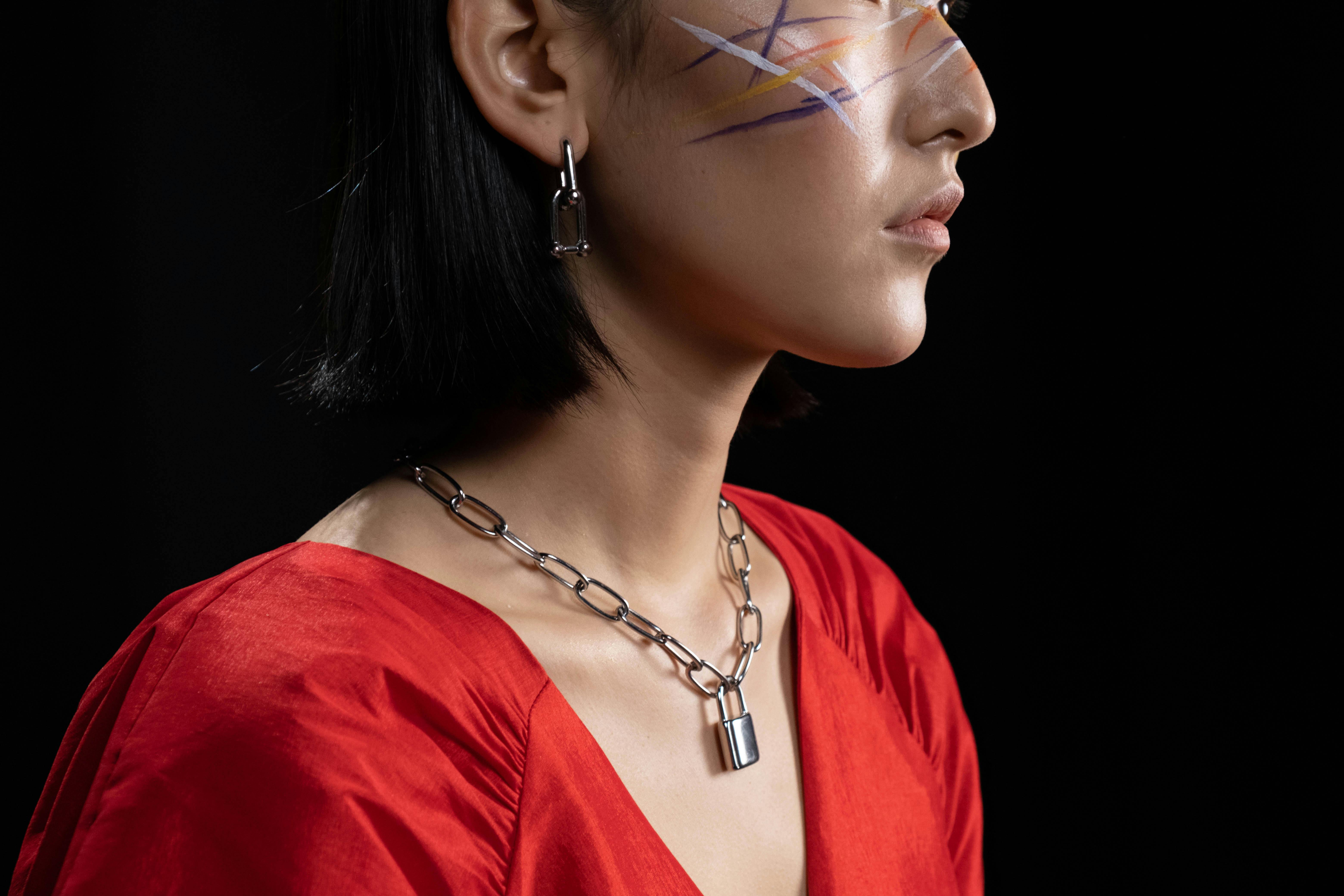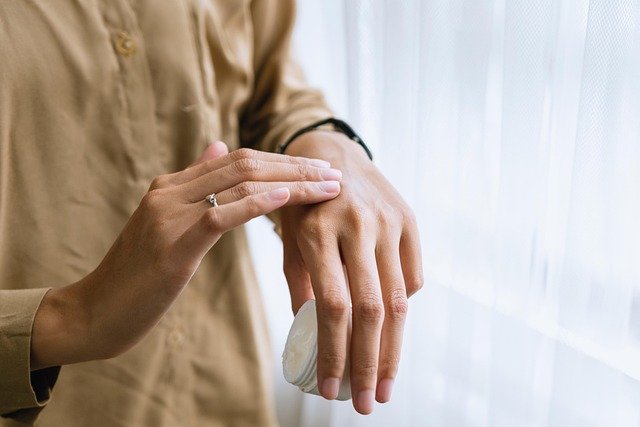Guide to Earrings: Styles, Materials, and Care
Earrings are one of the most versatile pieces in a jewelry collection, ranging from simple studs to elaborate drops. They can reflect personal taste, cultural influences, and current fashion trends, and they work across casual and formal settings. This guide explains common earring styles, what to consider when choosing diamonds or other materials, how earrings relate to broader jewelry and accessories choices, and practical care tips to keep pieces looking their best.

Earrings: common styles and when to wear them
Earrings come in many forms: studs, hoops, drops, chandeliers, huggies, and threaders are among the familiar types. Studs are small and sit close to the earlobe, making them suitable for everyday wear and workplaces with modest dress codes. Hoops vary in diameter and thickness; larger hoops make a bolder statement, while thin or small hoops offer subtler accents. Drop and chandelier earrings add length and movement, often chosen for evening wear or formal events. Huggies hug the earlobe and are popular for layered ear piercings.
Choosing a style often depends on face shape, hair length, and outfit. For example, long dangling earrings can lengthen a round face, while geometric or short designs balance long face shapes. Consider weight and comfort, especially for extended wear: heavier decorative pieces may be best reserved for shorter periods.
Diamonds: cuts, settings, and what to consider
When diamonds are used in earrings, two main considerations are cut (which affects sparkle) and setting (which affects appearance and security). Common cuts used in earrings include round brilliant, princess, and cushion. Pave and bezel settings offer different looks: pave gives a glittering surface of small stones, while a bezel setting surrounds the diamond with metal for a modern, secure finish. In studs, prong settings maximize light exposure; in hoops, channel settings can secure multiple stones in a row.
Budget, durability, and lifestyle should guide decisions. Lab-grown diamonds offer an alternative to mined stones and have similar optical properties; lower-cost gemstones—such as cubic zirconia or moissanite—can mimic the diamond look at different price points. For those with sensitive skin, the metal used around diamonds (e.g., gold, platinum, or hypoallergenic alloys) can be as important as the stones themselves.
Jewelry: materials and construction beyond gemstones
Earrings are more than their gemstones; metal type and craftsmanship affect longevity and comfort. Common metals include yellow, white, and rose gold (measured in karats), sterling silver, and platinum. Each metal has trade-offs: gold alloys resist tarnish and provide color options; platinum is dense and highly durable; silver is more affordable but can tarnish without care. The posts, backs, and hinges need quality construction to prevent bending or loss.
Other materials—pearls, enamel, resin, and beads—expand design possibilities. For layered looks, mixing textures and finishes (matte vs. polished) can create contrast. For those with metal allergies, look for nickel-free or surgical steel posts, or consider plastic or titanium options for first piercings and sensitive ears.
Accessories: pairing earrings with other pieces
Earrings often sit within a broader accessories plan that includes necklaces, bracelets, rings, and hair pieces. Balance is key: a statement earring can be offset by a minimal necklace, whereas a bold necklace may pair better with simple studs. Consider scale and color coordination—matching the metal tone across pieces provides a cohesive look, while contrasting metals can create a deliberate, contemporary mix.
For multiple piercings, plan a progression of sizes and styles that work together—small studs or huggies closer to the face, with dangles further down. Think about practicalities, too: large, ornate earrings may tangle with scarves or long hair, and certain activities (sports, sleeping) call for secure, low-profile accessories.
Fashion: matching earrings to outfits and occasions
Earrings can define or complement a fashion statement. Casual daytime looks often favor understated studs, small hoops, or lightweight drops in neutral tones. Business or semi-formal attire typically benefits from moderate-sized, elegant pieces that don’t distract. For eveningwear and special events, longer or more embellished designs—including those featuring diamonds or crystals—add drama and sparkle.
Season and trend cycles influence choices but aren’t rules. Vintage-inspired earrings can lend a retro feel, while minimalist geometric shapes convey modern sensibilities. When selecting pieces, consider the neckline and silhouette of the outfit: high necklines pair well with shorter earrings, while strapless or plunging necklines can carry longer drops.
Care and maintenance for long-lasting wear
Proper care extends the life and appearance of earrings. Regularly clean metal and gemstones with appropriate methods—a mild soap and water solution and a soft brush for many pieces; specialized cleaners for certain gems or metals may be recommended by manufacturers. Store earrings in a dry, padded tray or a compartmentalized box to prevent scratching and tangling. Check posts, backs, and clasps periodically for wear; tighten loose screws on screw-back designs and replace worn backs to avoid loss.
Be mindful when applying hairspray, perfume, or lotions—these can dull finishes or build residue. For piercings, follow aftercare instructions from a professional piercer to reduce infection risk; when in doubt about irritation or prolonged discomfort, seek professional advice.
Conclusion
Earrings offer a wide array of styles, materials, and functions, from daily studs to ornate evening pieces featuring diamonds. Thoughtful choices about design, metal, and care can make earrings a durable and expressive part of a jewelry and accessories collection, while attention to comfort and coordination with fashion ensures they enhance rather than overpower an outfit.






